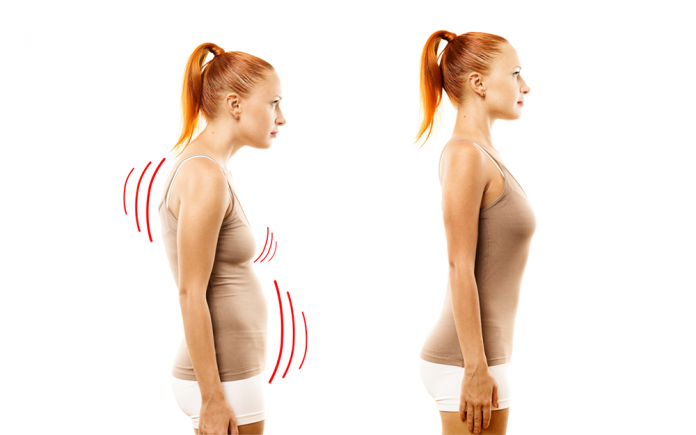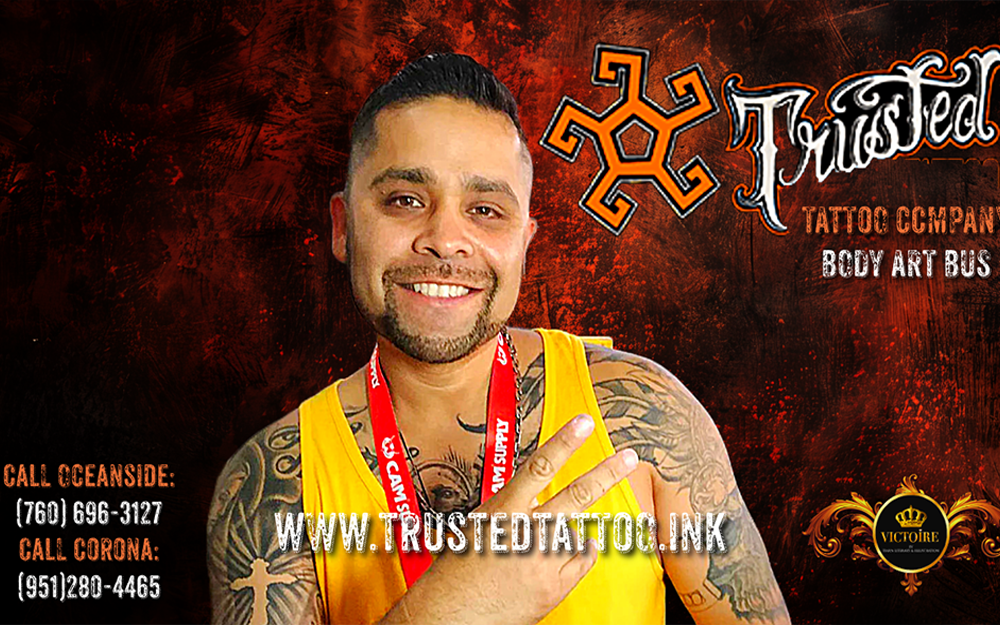
By Coach Nadia Popova
There are two main definition of a human posture: Correct Posture & Faulty Posture
The key to good posture is the position of the spine. The spine has three natural curves – at your neck, mid/upper back, and lower back. Correct posture should maintain these curves, but not increase them. Your head should be above your shoulders, and the top of your shoulder should be over the hips.
What is Correct posture? It is the position of the body in which minimum stress is applied to each joint.
What is Faulty posture? It stands for any static position that increases the stress to the joints
Generally, there are two types of posture
Contributing Factors To Postural Dysfunction:
- Lack of education or awareness of correct posture
- Sedentary lifestyle
- Occupational demands
- Joint stiffness
- Decreased fitness
- Muscle weakness
- Muscle tightness
- Poor core stability
Types of Posture Dysfunction:
- Forward Head
Forward head posture places the head in front of the body’s midline. The result of too many hours hunched in front of a computer, looking down at a phone, or driving, this type of posture problem can create significant neck and shoulder pain.
- Kyphosis
Kyphosis is similar to forward head posture, but is more severe and is sometimes referred to as hunchback. Defined by a significant curvature of the upper back, this type of poor posture is often the result of osteoporosis, aging, and disc degeneration.
- Swayback
Swayback occurs when the hips sit in front of the body’s midline. This type of poor posture often occurs because of extensive sitting, which weakens the back and gluteal muscles. It can create an inward curve of the lower back that is distinct even when standing.
- Flatback
Flatback is a type of poor posture defined by a loss of the curvature in the spine. Flatback, which is often caused by conditions such as inflammatory arthritis, can lead to pain when standing for too long.
A personal trainer can introduce exercises that will help you to strengthen the right muscles and restore appropriate alignment of your back, head, shoulders, and hips. These exercises may include stretching, strengthening, or yoga exercises.
For more details please visit our website www.cvsendmeatrainer.com or call (760)880-9904 to request free consultation.









































